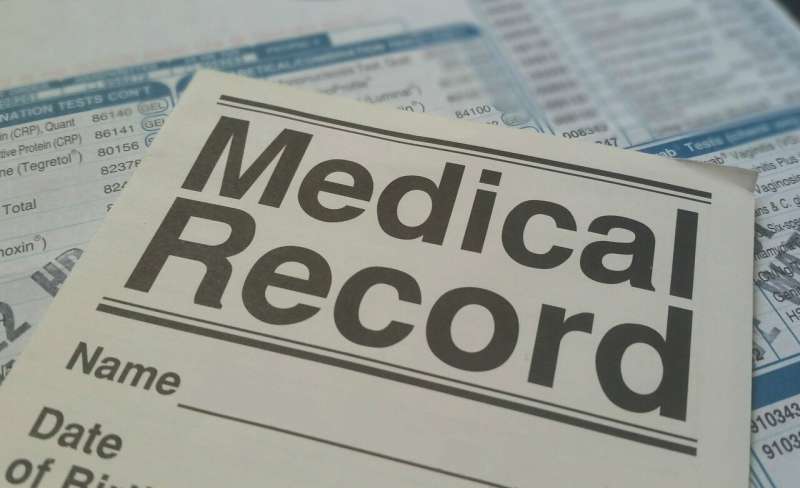How Accurate Are Your Medical Records? Uncovering Common Errors and Their Impact

Discover the prevalence of errors in medical records, their potential risks, and strategies to improve accuracy. Learn how healthcare professionals, institutions, and patients can work together to ensure safer, more reliable medical documentation.
Medical records play a crucial role in patient care, documenting symptoms, treatments, medications, and health progress. However, despite their importance, errors in these records are surprisingly common and can have significant consequences. Recent reviews of patient records at a Sydney hospital's cancer genetics service revealed irregularities such as poor documentation, incomplete information, and even errors with potential risks—incorrect advice or misclassification of adverse reactions. Approximately 520 records showed issues, and around 20 contained errors that could have posed harm, although ultimately no patients were adversely affected.
Such mistakes often stem from various sources, including human error, flawed electronic health record (EHR) design, and systemic issues like note bloat—repetitive copying that can perpetuate inaccuracies. Abbreviations and poorly integrated paper and electronic systems further increase the likelihood of mistakes.
The scope of healthcare documentation is vast. In Australia, daily hospital admissions, outpatient visits, and emergency department cases number in the tens of thousands. Each interaction generates notes in paper or electronic records, involving multiple healthcare professionals. This high volume increases the potential for inaccuracies, which can impact clinical decisions, patient safety, legal investigations, and healthcare funding.
Common errors include incomplete medication information, misclassifications, illegible handwriting, misunderstandings of abbreviations, and omissions—many of which can lead to inappropriate treatments or delayed diagnoses. Studies have shown that a significant portion of medication charts contain errors, and adverse drug reactions are often poorly documented.
When errors occur, they can compromise communication among healthcare providers, affect overall patient safety, and distort healthcare data used for research and policy. Causes of these mistakes include missing information, delays in documenting changes, confusing note formats, and the misuse of both paper and electronic systems.
To improve record accuracy, responsibility lies not only with healthcare workers but also with healthcare institutions, IT developers, and patients. Training on proper documentation, better-designed electronic health records, and patient involvement in verifying their records can all reduce errors. Patients are encouraged to ask their providers to correct inaccuracies in their medical records, including digital health platforms like My Health Record.
Overall, maintaining accurate medical records is essential for delivering safe, effective, and coordinated healthcare. Continuous efforts to identify and address sources of errors can significantly enhance the quality of patient care and health system reliability.
Stay Updated with Mia's Feed
Get the latest health & wellness insights delivered straight to your inbox.
Related Articles
Adenotonsillectomy Shows No Significant Advantage Over Watchful Waiting in Children with Mild Sleep Apnea
Research shows that adenotonsillectomy may not be more effective than watchful waiting for young children with mild obstructive sleep apnea, highlighting the importance of personalized treatment approaches.
Blood-based Biomarkers Offer New Hope for Personalized Immunotherapy in Limited-Stage Small Cell Lung Cancer
Recent studies suggest that monitoring circulating tumor DNA can help personalize immunotherapy in limited-stage small cell lung cancer, improving survival and treatment outcomes.
Rising Hospitalizations in Children Due to Clavicular Fractures: Insights from Emergency Department Data
Recent emergency department data show an increase in hospital admissions due to severe clavicular fractures among children, highlighting the need for improved injury prevention and management strategies.



